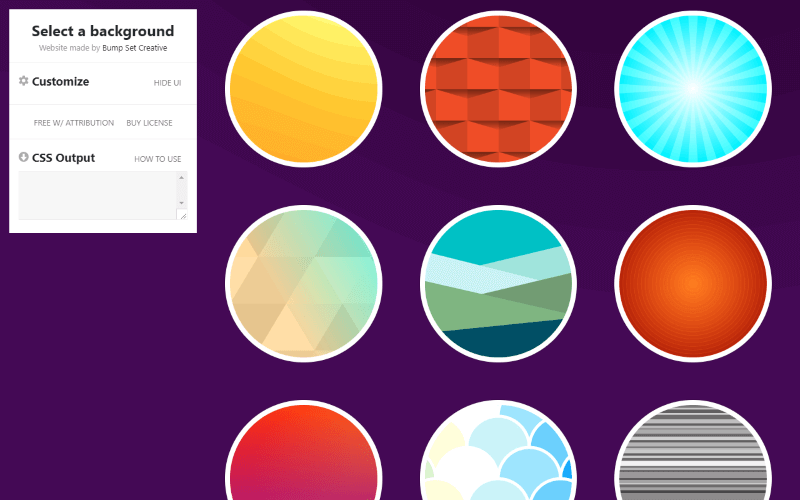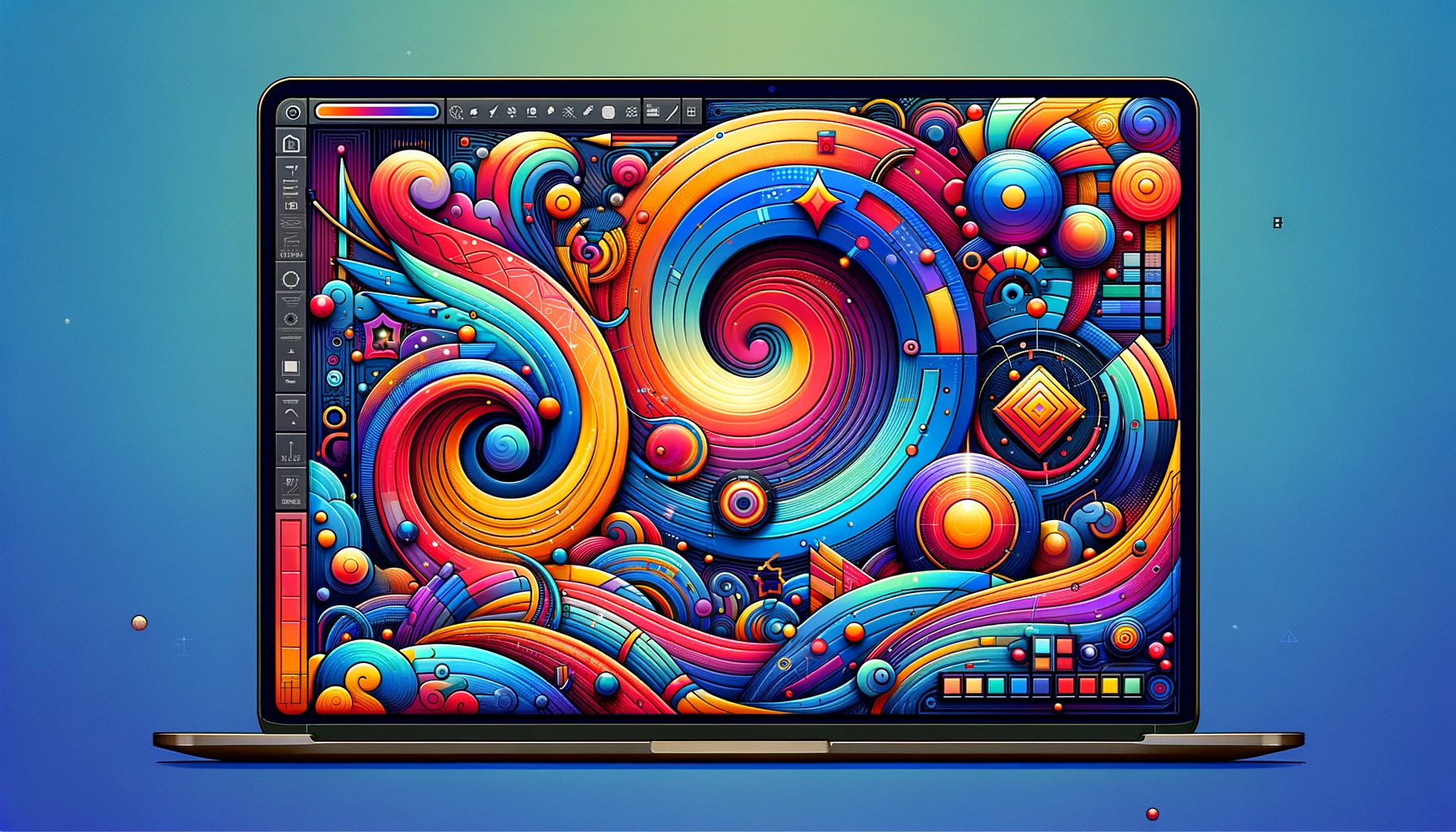Scalable Vector Graphics (SVGs) are rapidly gaining popularity as a powerful tool for creating visually stunning and interactive web designs. Unlike raster images, which can become pixelated when scaled, SVGs are resolution-independent, allowing them to maintain their crispness and clarity at any size. This makes them an ideal choice for backgrounds, providing designers with endless possibilities for adding depth, texture, and animation to their web pages.
Advantages of Using SVG Backgrounds

Table of Content
Scalable Vector Graphics (SVGs) are rapidly gaining popularity as a powerful tool for creating visually stunning and interactive web designs. Unlike raster images, which can become pixelated when scaled, SVGs are resolution-independent, allowing them to maintain their crispness and clarity at any size. This makes them an ideal choice for backgrounds, providing designers with endless possibilities for adding depth, texture, and animation to their web pages.
Creating SVG Backgrounds

Creating SVG backgrounds is a straightforward process that involves using a vector graphics editor such as Adobe Illustrator or Inkscape. Here are the basic steps:
- Design your background: Create the desired shapes, colors, and patterns using the vector graphics editor.
- Save as SVG: Export your design as an SVG file, ensuring that the dimensions and resolution are appropriate for your intended use.
- SVG Batman Logo Free Download SVG Batman Logo: Unleash The Dark Knight’s Iconic Symbol
- Free Svg Files For Cricut Disney Embark On A Magical Crafting Journey With Free SVG Files For Cricut Disney
- Free Disney Svg Files Download Free Disney SVG Files: Your Ultimate Guide To Downloading And Crafting Magic
- Disney Svg Files Disney SVG Files: A Magical Gateway To Creativity
- Free Disney Castle Svg Files Immerse Yourself In The Enchanting World Of Disney With Free Disney Castle SVG Files
- Scalability: SVGs can be scaled up or down without losing quality, making them suitable for use on screens of all sizes.
- Flexibility: SVGs are vector-based, allowing you to easily manipulate their shapes, colors, and animations using code.
- Responsiveness: SVGs can adapt to different screen sizes and orientations, ensuring a seamless user experience across devices.
- Use as background: Include the SVG file in your HTML code using the "background-image" property.
Advantages of Using SVG Backgrounds

Enhancing SVG Backgrounds with CSS
CSS provides a wealth of options for enhancing the appearance and functionality of SVG backgrounds. Here are some common techniques:
- Positioning: Use the "background-position" property to control the placement of the SVG background within the element.
- Repeat: Use the "background-repeat" property to specify how the SVG background should be repeated (e.g., horizontally, vertically, or both).
- Size: Use the "background-size" property to specify the size of the SVG background relative to the element.
- Attachment: Use the "background-attachment" property to control whether the SVG background scrolls with the page or remains fixed.
- Animation: Use CSS animations to create dynamic and interactive SVG backgrounds, such as fading in or rotating the shapes.

Tips for Optimizing SVG Backgrounds
- Use inline SVGs: Consider using inline SVGs (embedded directly into the HTML code) for small, static backgrounds to reduce HTTP requests.
- Compress SVGs: Optimize your SVG files by removing unnecessary elements and using compression tools to reduce their size.
- Use CSS filters: Apply CSS filters to SVG backgrounds to enhance their appearance without increasing the file size.
- Load SVGs conditionally: Use JavaScript to load SVG backgrounds only when necessary, improving page load times for users with slower internet connections.
Conclusion
SVG backgrounds offer a powerful and versatile way to add visual interest and interactivity to your web designs. Their scalability, flexibility, and support for animation make them an ideal choice for creating dynamic and engaging user experiences. By leveraging the techniques and tips outlined in this article, you can harness the full potential of SVG backgrounds to elevate your website designs.
Frequently Asked Questions (FAQs)
Q: Can I use SVGs as backgrounds in all browsers?
A: Yes, SVG backgrounds are supported by all major browsers, including Chrome, Firefox, Safari, and Edge.
Q: How do I create an animated SVG background?
A: You can use CSS animations or JavaScript to create animated SVG backgrounds. CSS animations are easier to implement, while JavaScript provides more control over the animation.
Q: Can I use SVG backgrounds on mobile devices?
A: Yes, SVG backgrounds are fully responsive and can be used on mobile devices. However, it’s important to optimize the SVG files to reduce page load times.
Q: How do I optimize SVG backgrounds for performance?
A: Use inline SVGs for small backgrounds, compress SVGs using optimization tools, apply CSS filters, and load SVGs conditionally using JavaScript.
Q: Can I use SVG backgrounds for parallax effects?
A: Yes, SVG backgrounds can be used for parallax effects by setting the "background-attachment" property to "fixed" and adding different scroll speeds to the SVG shapes.

